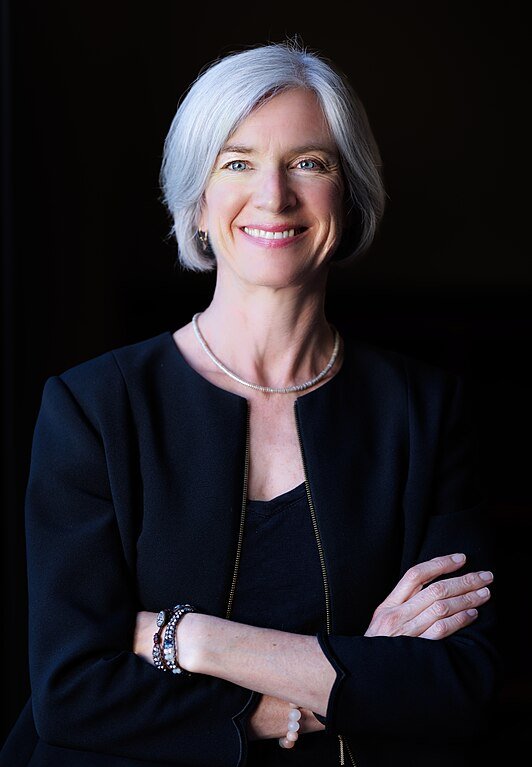Introduction: “Staying in your Lane”
The notion of “staying in your lane” is often touted as a guiding principle for success—focus on what you’re good at, specialize, and you’ll be rewarded. However, as illustrated by Anne Gevorkian’s experience at NASA’s Jet Propulsion Laboratory (JPL), the reality is quite different. Career growth and professional success often require individuals to step outside their core expertise and develop new skills, sometimes in areas they never anticipated.
This post explores why those who embrace challenges outside their domain tend to experience the most growth in their careers and how this adaptability can be a catalyst for long-term success.
The Pitfall of Specialization Without Adaptability
Specialization is undeniably valuable. It allows professionals to develop deep expertise, making them indispensable in their fields. However, rigid adherence to a singular domain can become a limitation. This phenomenon is often referred to as “the specialist’s trap”—where expertise in a narrow area blinds professionals to the broader landscape of their industry and limits their adaptability (Ericsson & Pool, 2016).
Take Anne’s case. As one of the few people in the world capable of landing a rover on Mars, she possesses unparalleled expertise. Yet, her greatest career challenge wasn’t calculating orbital trajectories—it was securing funding through grant writing. Despite her deep knowledge, her ability to navigate bureaucratic and persuasive writing structures ultimately determined the impact of her work.
This scenario is common in many fields. Engineers need to understand business. Scientists need to market their research. Artists need financial literacy. When professionals resist stepping outside their comfort zones, they risk stagnation.
The Growth Mindset and Its Impact on Career Development
One of the core principles that drive successful individuals is the “growth mindset,” a term popularized by psychologist Carol Dweck (2006). A growth mindset is the belief that intelligence and abilities can be developed through effort, learning, and persistence. In contrast, a fixed mindset assumes that talent alone determines success.
Professionals with a growth mindset recognize that stepping outside their domain isn’t a deviation from their expertise—it’s an extension of it. They view challenges as opportunities to expand their skill sets rather than as threats to their competence.
For instance, consider a software engineer who transitions into a managerial role. Initially, the new responsibilities—hiring, budgeting, and team leadership—may feel foreign and intimidating. However, those who embrace these challenges develop into well-rounded leaders who can not only code but also drive strategic decisions.
Historical and Contemporary Examples of Cross-Domain Success
History is replete with examples of individuals who achieved greatness by stepping beyond their primary expertise:
- Leonardo da Vinci: A painter, scientist, and engineer, da Vinci’s ability to bridge multiple disciplines resulted in groundbreaking discoveries in anatomy, physics, and art (Isaacson, 2017).
- Marie Curie: Best known for her pioneering work in radioactivity, Curie expanded her expertise beyond physics into chemistry, ultimately winning Nobel Prizes in both fields and shaping modern science.
- Jennifer Doudna: A biochemist, Doudna’s expertise in RNA research led her to co-develop CRISPR gene-editing technology, a breakthrough with far-reaching applications in medicine, genetics, and bioethics.

These figures illustrate that while deep expertise is valuable, true innovation and leadership come from those who can integrate knowledge across disciplines.
Strategies for Expanding Beyond Your Domain
If growth requires pushing beyond specialization, how can professionals effectively step outside their comfort zones? Here are some strategies:
- Develop Adjacent Skills: Identify skills that complement your expertise. For instance, an architect might learn real estate finance, or a biologist might study data analytics to enhance their research capabilities.
- Embrace Interdisciplinary Collaboration: Work with professionals from different backgrounds. Cross-functional teams often yield the most innovative solutions because they integrate diverse perspectives.
- Seek Out Uncomfortable Challenges: Volunteer for projects that require skills outside your domain. Even if you feel underqualified initially, the experience will provide invaluable growth.
- Invest in Lifelong Learning: Take courses, read widely, and attend conferences outside your field to broaden your knowledge base.
- Adopt a Problem-Solving Mentality: Instead of viewing new challenges as outside your expertise, approach them as puzzles to be solved through learning and adaptation.
Conclusion
Anne Gevorkian’s experience at JPL is a testament to the idea that career success doesn’t come from rigidly staying in one’s lane but from the willingness to navigate new and unfamiliar territories. Those who push themselves beyond their primary domain acquire the adaptability, resilience, and cross-disciplinary knowledge necessary to thrive in today’s rapidly evolving professional landscape.
Rather than fearing tasks outside our expertise, we should embrace them as opportunities for growth. After all, the most successful careers aren’t built by staying in one lane—they’re built by exploring the entire road.
References
- Dweck, C. S. (2006). Mindset: The new psychology of success. Random House.
- Ericsson, K. A., & Pool, R. (2016). Peak: Secrets from the new science of expertise. Houghton Mifflin Harcourt.
- Isaacson, W. (2017). Leonardo da Vinci. Simon & Schuster.

